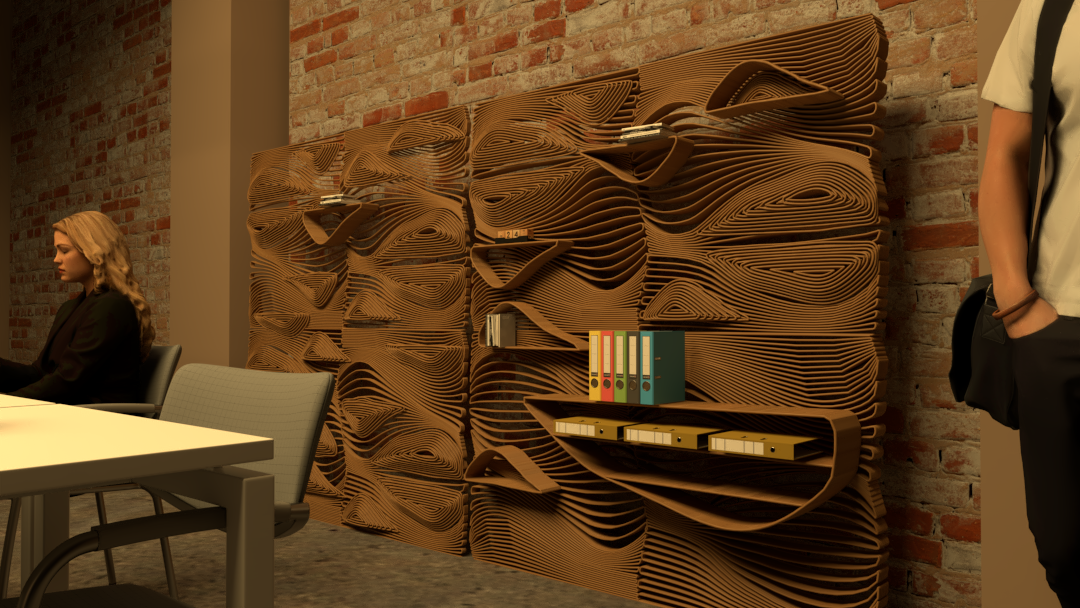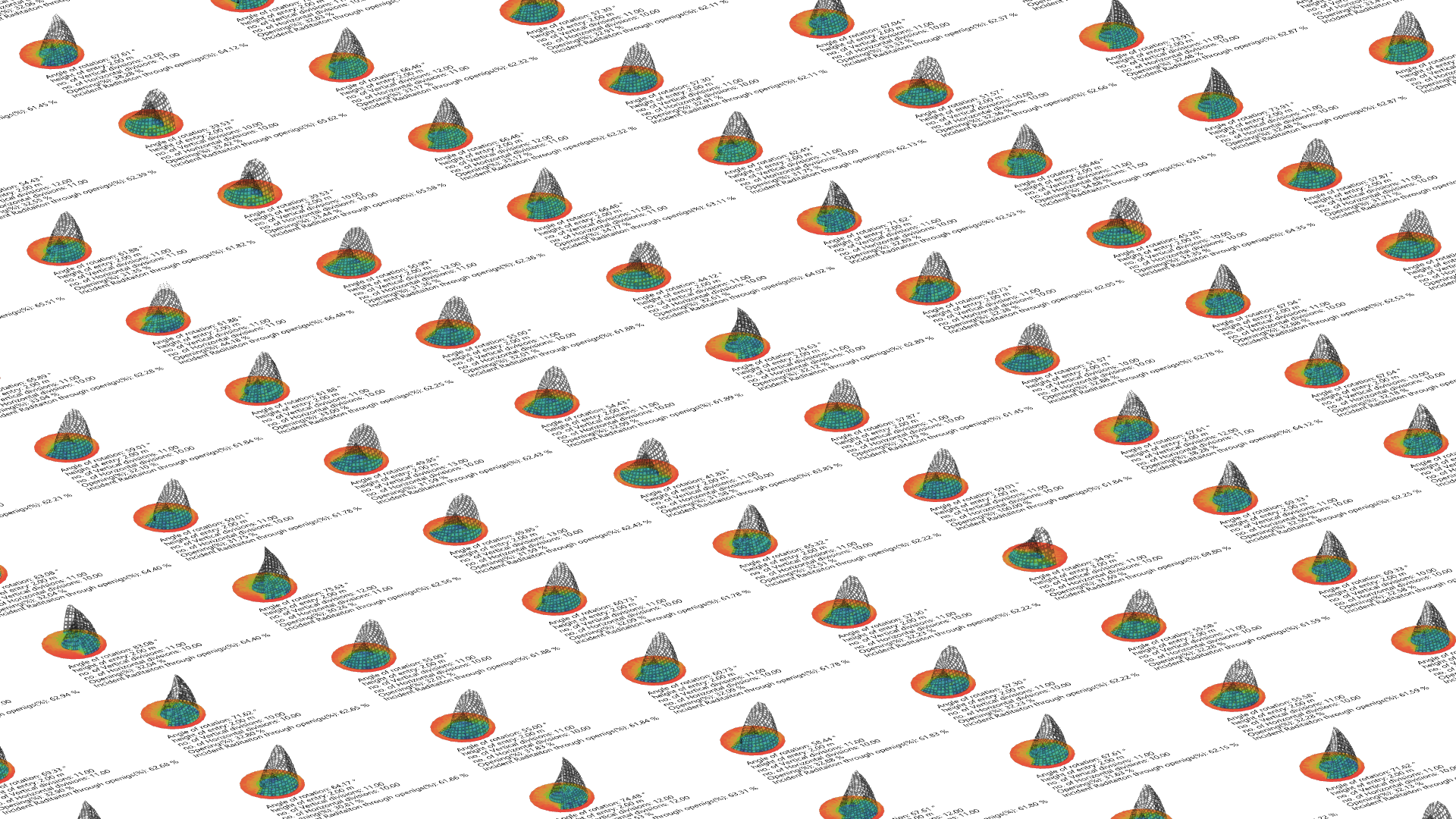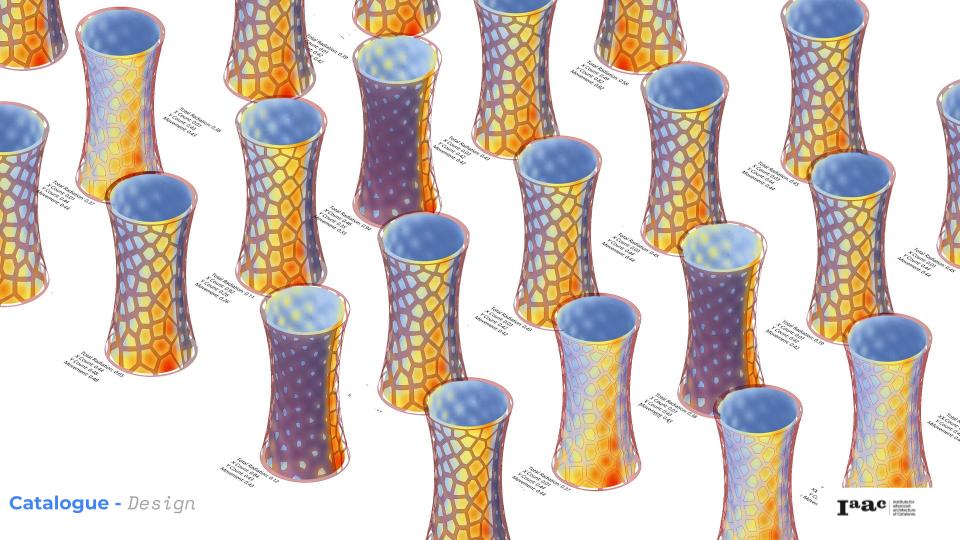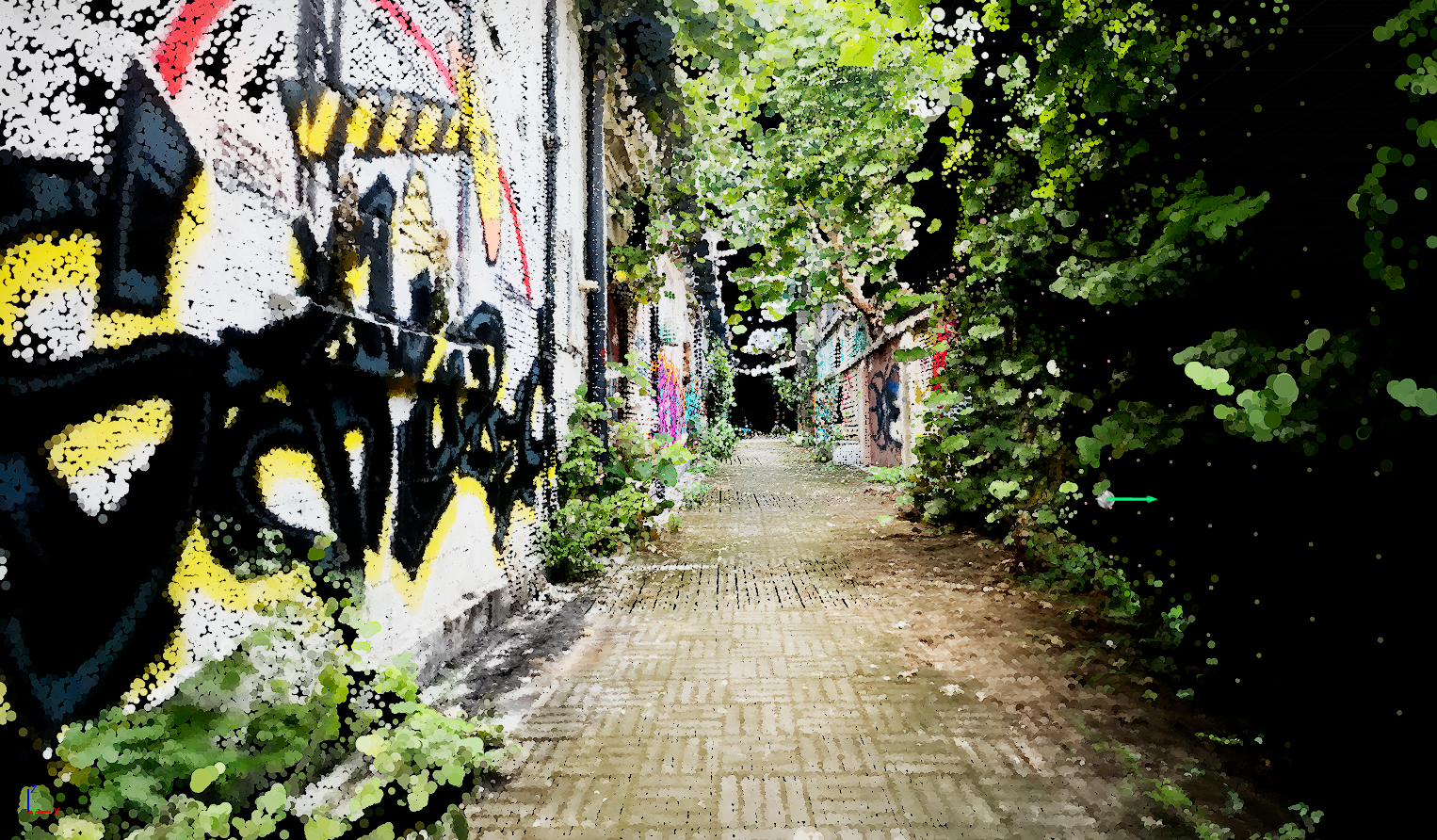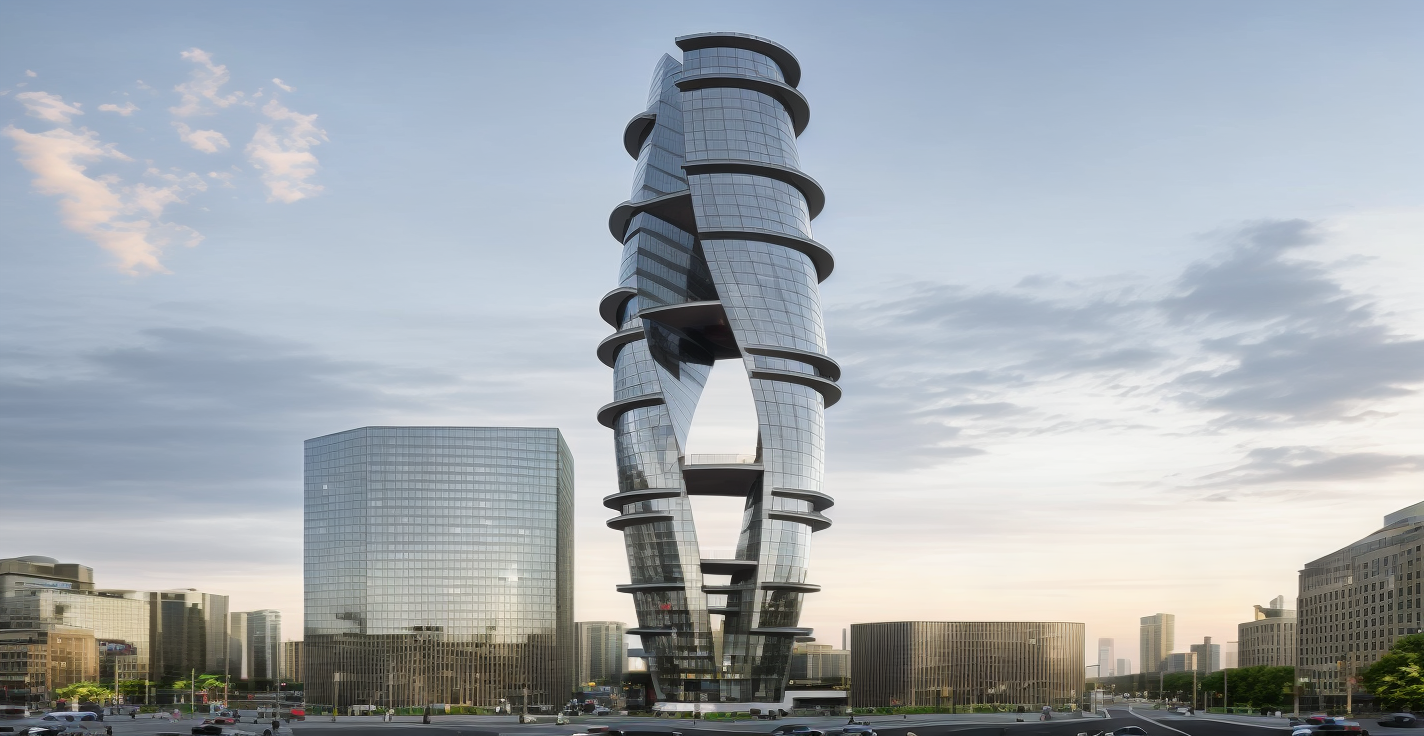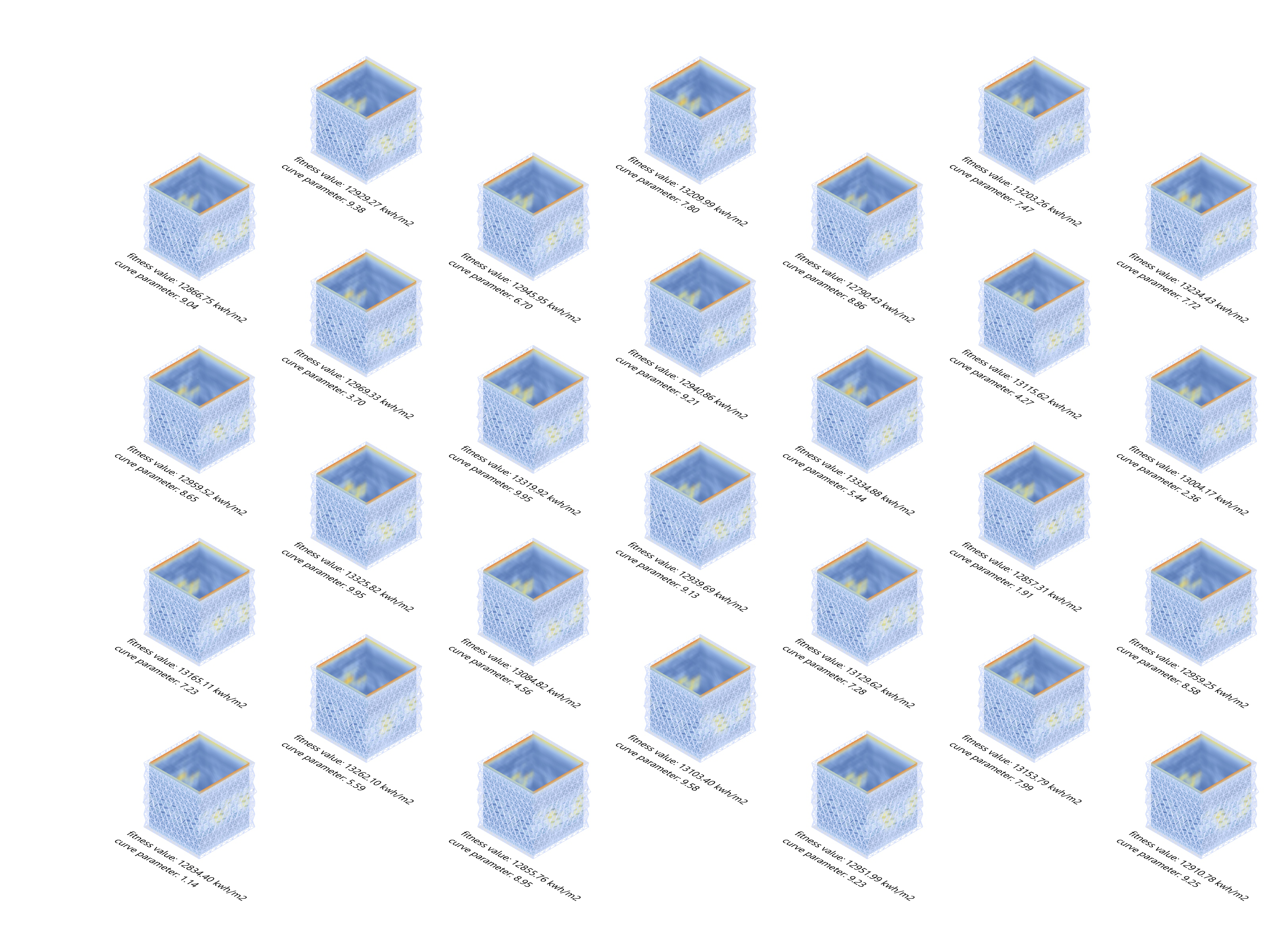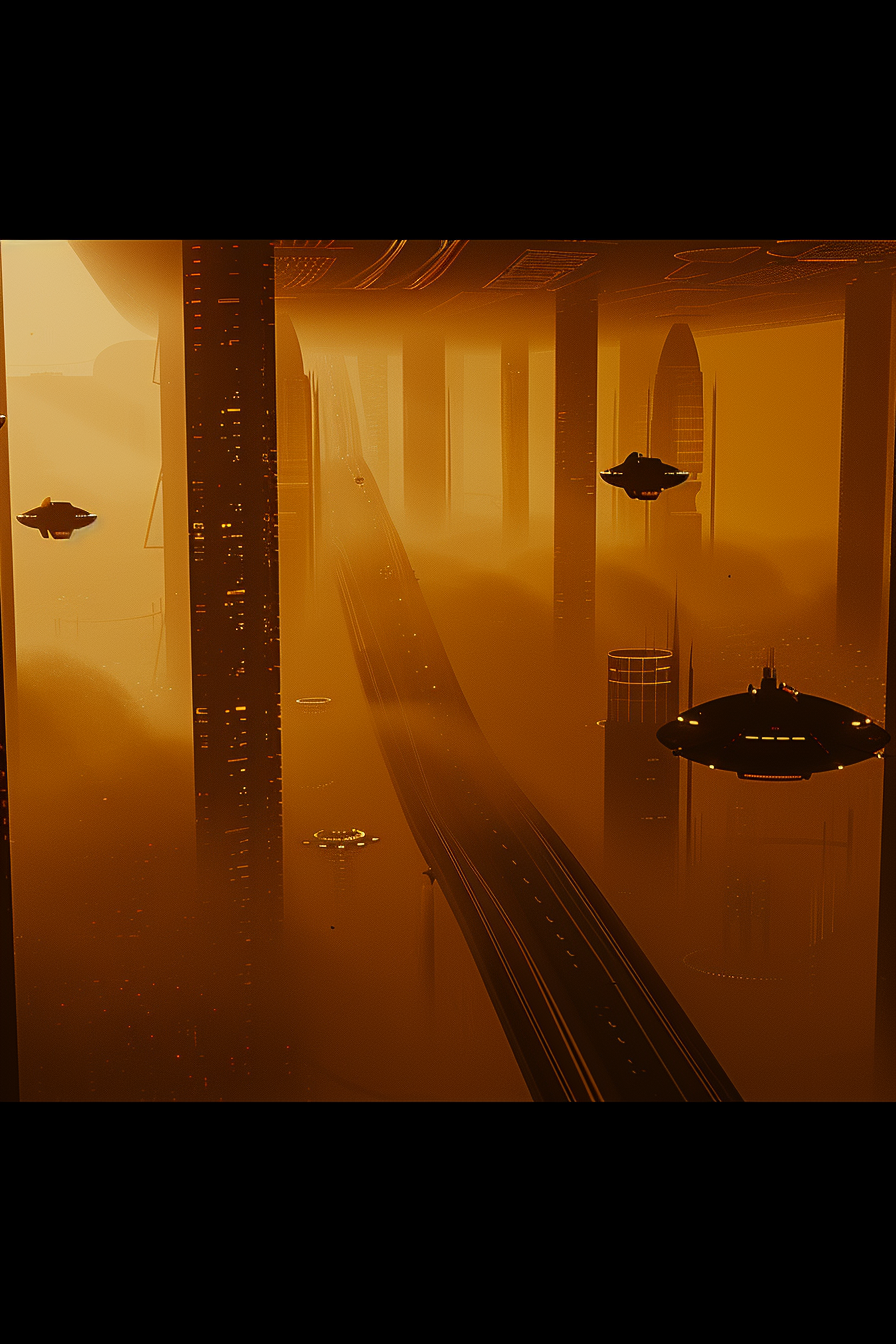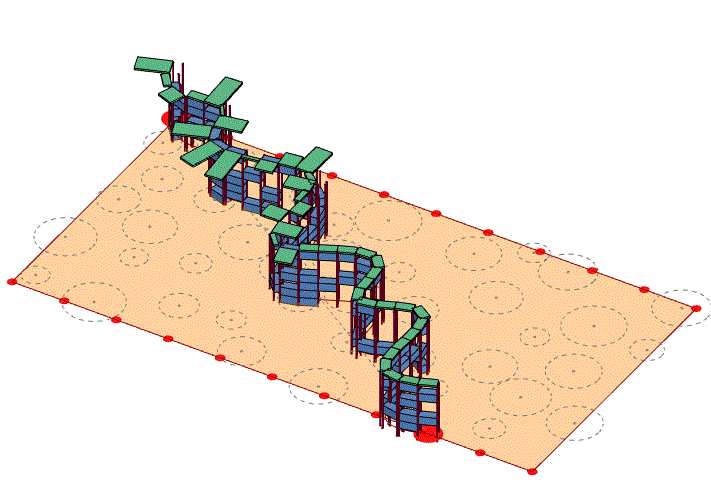The MAA is a visionary master program with an innovative and open structure, mixing diverse disciplines, shaping professionals capable of producing theoretical & practical solutions towards responsive cities, architecture & technology.
WOODEN MOSAIC
Wooden Mosaic tries to tackle the increasing global demand for timber by using waste branches from Timber industries. These waste branches are transformed into modular blocks with conventional tools, offering a sustainable supplement to the current timber industry. Using the waste wood, the aim IS to decrease the environmental impact associated with logging and wood … Read more
Neuroimmersive Space: User-Centric Adaptive AI-Generated Virtual NeuroArchitecture
Our surroundings have a significant impact on our thoughts and emotions and influence our overall well-being. This research project focuses on exploring the significant relationship between our mental states and surroundings, emphasizing the need to reimagine spaces as interactive, adaptable environments that prioritize mental well-being. Technological advancements such as virtual reality (VR), artificial intelligence (AI), … Read more
Optimizing the building skin inspired by pine cone
Inspiration Site Objective Goals Design Optimization strategy Performance criteria
Map for Entrepreneurs
Problem “Where”- an independent entrepreneur or a startup faces difficulty in finding the best place to open their business as many projects fail due to poor selection of site or insufficient feasibility studies “What”- are the parameters required to perform a quick and reliable feasibility study Solution Map for Entrepreneurs is a tool that … Read more
Tiny Topographies
Optimizing Bar Buildings for Sunlight and Pathways The aim of this project was to design a typology of housing is needed that resembles small, artificial terrains. The Bar Building typology will have set of long, dense buildings that will mimic the form of a topography. The forms will need to be optimized to allow for all the … Read more
From butterfly wing to buildings.
The shapes of butterfly wings is a product of genetic programming, developmental biology, and evolutionary adaptations. Variations in wing shape among different species result from adaptations to their ecological niches, predation pressures, and other environmental factors. Different butterfly species have evolved wing shapes adapted to their specific ecological niches. For example, some species have wings … Read more
SWARM_FACADE
SWARM_FACADE investigates using swarm intelligence principles (separation, alignment, and cohesion) in architectural design and façade construction. By employing multi-agent-based swarm intelligence algorithms, a conceptual design method was introduced. Evolutionary optimization and parametric control were applied to define solid-void elements in the building façade. The resulting façade variations were optimized and evaluated based on relative daylight … Read more
Project Zephyr
Navigate your day through cool comfort! The Zephyr Project is tackling a problem that we all know too well: the heat in our cities is getting crazy Over 50% of our survey participants (n=30) suffer from extreme heat and worry about high UV levels every other day in summer, and I’m sure you all can … Read more
Cary
Cary is a carpooling platform designed for daily commuters travelling from peripheral areas to the city core. Our innovative ride package, flexible scheduling, and advanced matching algorithm connect drivers and passengers from the same area, ensuring unmatched comfort for frequent travellers. Cary helps save time and money while reducing traffic and fostering connections among users.
Certainly Uncertain, The MIL – Spec Fortress
Today, the earth faces two looming threats: ecological collapse from resource depletion and widespread unemployment due to automation. Although these concerns are seemingly opposites, they share a common root – inequality. Both contributing heavily to the future of labour, and humanity. The skyscraper,stands as a testament to this inequality. Its very existence codifies the power … Read more
TRAILS SHADES PATHS
// COMPUTATIONAL OPTIMISATION STRATEGY // An exploration to connect entry points in a plot for means of access, in a urban setting offering shades, across visibility, optimised for trails adapting to the existing landscape DESIGN OBJECTIVES

